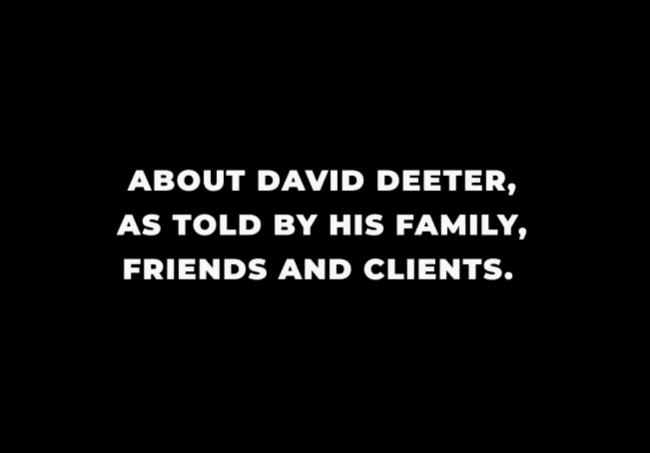The Lifecycle of a Material Weakness: Warning Signs, Triage and Immediate Action

Material weaknesses (MWs) in internal controls over financial reporting (ICFR) rarely develop overnight. They often follow a predictable lifecycle, starting as minor cracks in internal controls that degrade over time. Alternatively, a perfect storm of issues can develop into a full-blown material weakness throughout one audit cycle. In the first scenario, visible minor cracks provide an opportunity for intervention, but competing priorities or management’s dismissal due to lack of significance causes the continued deterioration. In the perfect storm scenario, underlying issues remain undetected, increasing severity until they surface, leaving little time for remediation and/or mitigation.
As internal controls face heightened regulatory and investor scrutiny, organizations are under growing pressure to identify and remediate material weaknesses early. Understanding the lifecycle of a material weakness is vital for management teams, not only to resolve immediate issues but to prevent them from arising in the first place.
From Cracks to Collapse: Early Warning Signs of a Material Weakness
Issues can often start small: minor cracks in processes or controls that go unaddressed over time. These gaps can grow as the organization evolves, particularly during periods of significant change, such as acquisitions, layoffs or rapid expansion. Key early indicators can include:
- Persistent significant deficiencies, which imply that lower risk deficiencies are beginning to escalate.
- High staff turnover or poorly managed layoffs, leading to knowledge gaps.
- Finance or accounting team lacks sufficient knowledge of GAAP, SEC reporting requirements or complex transactions.
- Lack of focus on sound legacy processes during acquisitions or integrations, creating unseen risks.
- Inconsistent or outdated policies, particularly around compliance and internal controls, which signal deeper systemic challenges.
- Risks from the use of a third party without proper governance or oversight.
- Declining performance metrics (e.g., missed financial reporting deadlines or errors in filings) pointing to weakened controls.
- Loss of experienced personnel in critical roles, such as compliance officers or audit managers, resulting in a degradation of accountability.
- Poor communication between departments, leading to fragmented risk assessment and remediation strategies.
- Technology and process misalignments, such as poorly integrated systems or outdated tools with pervasive access issues, increasing the likelihood of errors.
Crisis Hits: Material Weakness Declared
When a material weakness is officially identified, it’s as if a dam has broken and management must respond to a wide range of time-sensitive and interdependent challenges. At this stage, the pressure is mounting and organizations must act immediately to reinforce the structure, patch the breaches and prevent a catastrophic flood. Containment and stabilization are top priorities, ensuring that further damage is avoided while the organization works to regain control.
It’s important to recognize the magnitude of what a material weakness represents. This is no minor issue; it’s a significant and far-reaching challenge that can take 12-18 months or longer to remediate fully. Addressing a material weakness requires dedicated effort across all levels of the organization, touching processes, people and technology.
The role of leadership in setting the tone from the top cannot be overstated. When management demonstrates a steadfast commitment to remediating the material weakness, it resonates across the organization, inspiring a shared sense of urgency and responsibility. Leaders who prioritize transparency, accountability and collaboration foster a culture where employees are empowered to take meaningful action. This alignment ensures that every team member understands the importance of the steps being taken and feels motivated to contribute to the organization’s stability and long-term success.
Reinforcing the Dam: Immediate Actions After a Material Weakness is Disclosed
When the cracks are visible, and water is threatening to break through, swift and decisive action is essential. Here’s how organizations can shore up the dam and stop the flood:
Identify the Pressure Points
- Pinpoint where the structural weaknesses are concentrated and determine the areas most at risk of collapse.
- Evaluate the extent of the breach by analyzing failed processes, inadequate controls and areas with the greatest immediate impact.
Strengthen the Weakest (and Highest Risk) Sections
- Deploy temporary reinforcements, such as manual reviews or enhanced oversight, to hold the structure while long-term solutions are prepared.
- Focus resources on critical controls tied to compliance or reporting deadlines.
- Understand that these fixes, while crucial, are only a temporary measure; they are part of a much longer journey to remediation.
Channel the Flow
- Redirect resources and efforts to alleviate pressure on the weakest areas. For example:
- Assign dedicated personnel to monitor high-risk processes continuously.
- Create stopgap processes to maintain operational integrity during remediation.
Collaborate to Stabilize
- Bring in external advisors or consultants to provide specialized expertise and ensure stability during the crisis.
- Strengthen communication channels between teams to ensure a coordinated response to the escalating risks.
Monitor for Further Cracks
- Conduct frequent evaluations to track progress and watch for new vulnerabilities as the situation evolves.
- Keep stakeholders informed of developments to maintain trust and credibility.
- Vary the nature, timing, and extent of scope and procedures to try and identify any errors that might have previously gone undetected.
Prepare for Lasting Repairs
- Begin documenting insights and lessons learned to inform the next stage of the process: addressing root causes and building a sustainable structure that can withstand future pressures.
- Recognize that remediation is a prolonged and resource-intensive effort, often spanning more than a year. It requires persistence and thoroughness to fully seal the breaches and ensure the dam is reinforced for the long haul.
Material Weakness Recovery: Triage to Transformation
Triage efforts are only the beginning. Once the crisis is stabilized, organizations must transition to addressing root causes and building sustainable solutions. Frazier & Deeter’s experts can help you triage the situation, stabilize controls and chart a path to full remediation. Contact us to get started.
Contributors
Adam Mark, Advisory Partner
Bo Harmon, Advisory Director
Explore related insights
-
How to Choose the Right Cybersecurity Framework: A Guide for Mid-Market Companies
Read more: How to Choose the Right Cybersecurity Framework: A Guide for Mid-Market Companies
-
Are Tariffs Subject to Sales Tax? It Depends on the Details.
Read more: Are Tariffs Subject to Sales Tax? It Depends on the Details.






